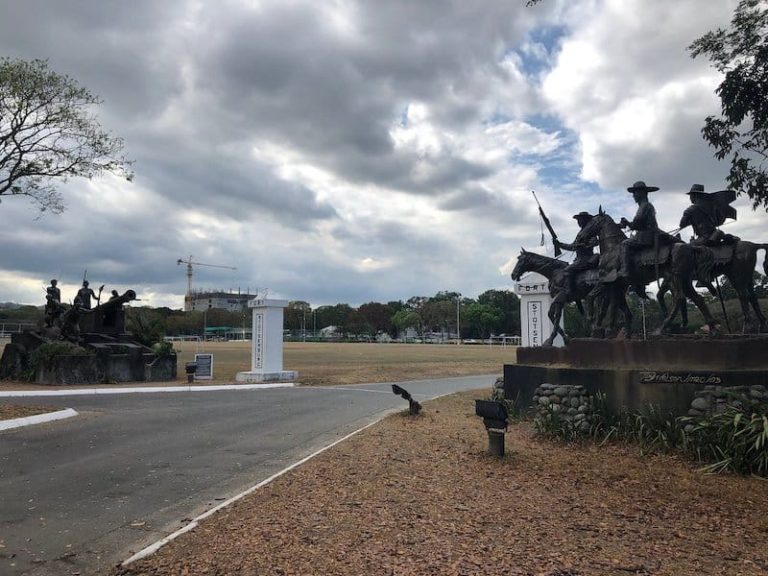
Fort Stotsenburg
Before Clark was known as it is today, it was first known as Fort Stotsenburg - named in honor of a slain colonel.

Before Clark was known as it is today, it was first known as Fort Stotsenburg - named in honor of a slain colonel.
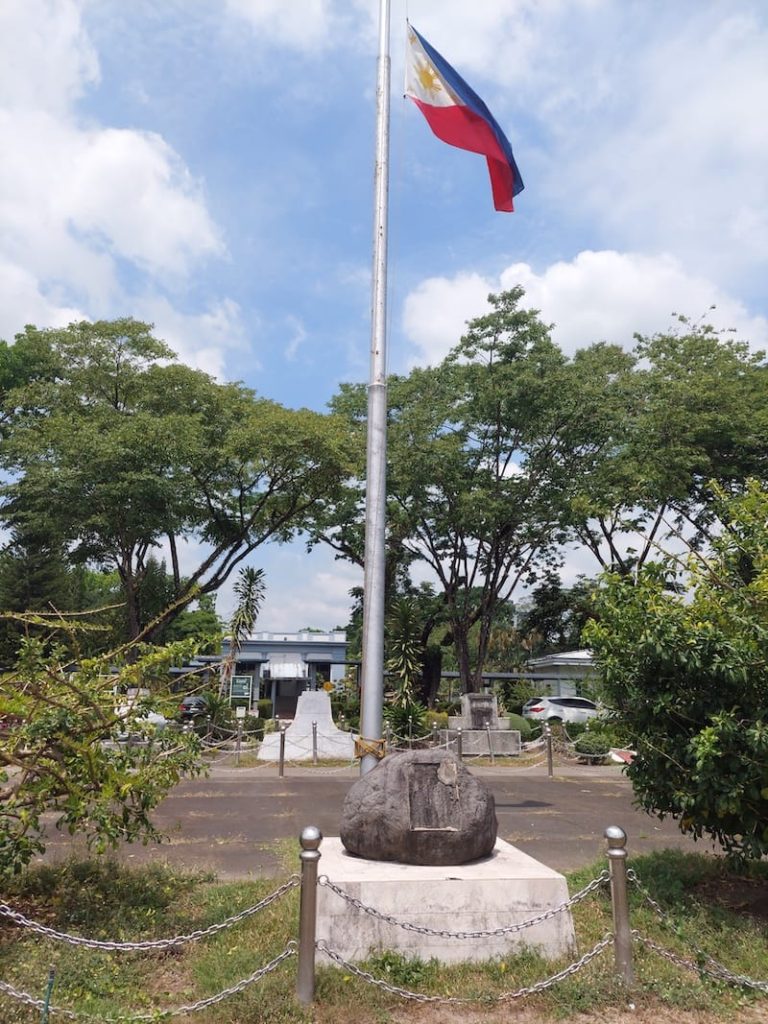
The flagpole has always been in its present location throughout the history of Clark up to the present day. It was erected in 1906 at the…

Clark Veterans Cemetery in Luzon, Philippines, commemorates the Valour, Fidelity, and Sacrifice of unsung heroes of our past.
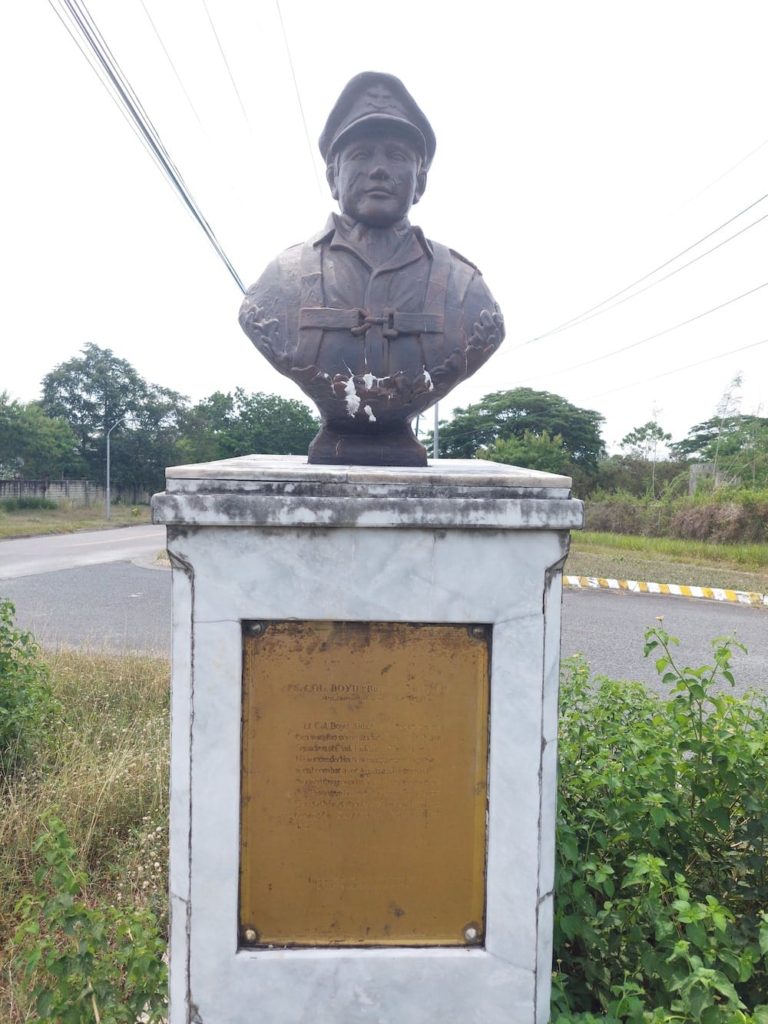
A memorial bust erected in honour of Lieutenant Colonel Boyd David “Buzz” Wagner, an American aviator and the first United States Army Air Corps fighter ace…

A memorial in honour of World War II B-17 Flying Fortress pilot Capt. Colin Kelly Jr. who flew raids against the Japanese after Pearl Harbor.
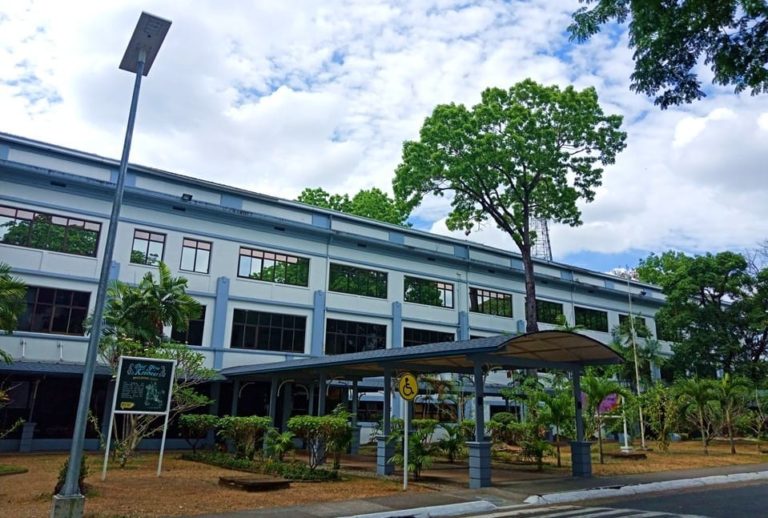
Building 2127 served as a barracks for enlisted personnel from cavalry and field artillery units for the Philippine Scouts. Also previously used as the office of…
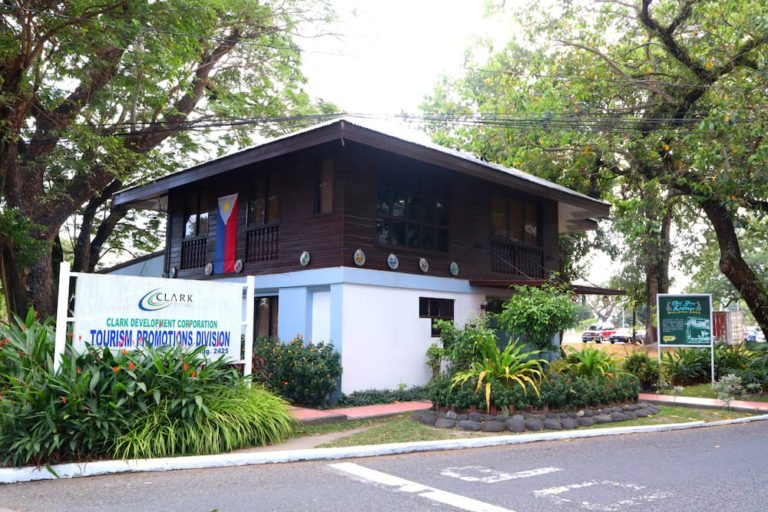
Originally the office of Post Commanders and Executive Officers, it is now used by the Clark Development Corporation.
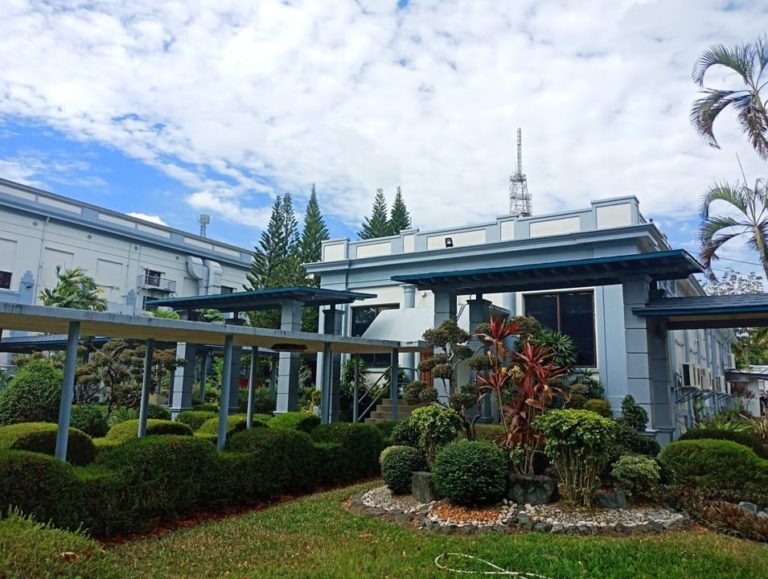
This building was formerly the seat of the Clark Base Commander. Now used as the Office of the President of Clark Development Corporation.
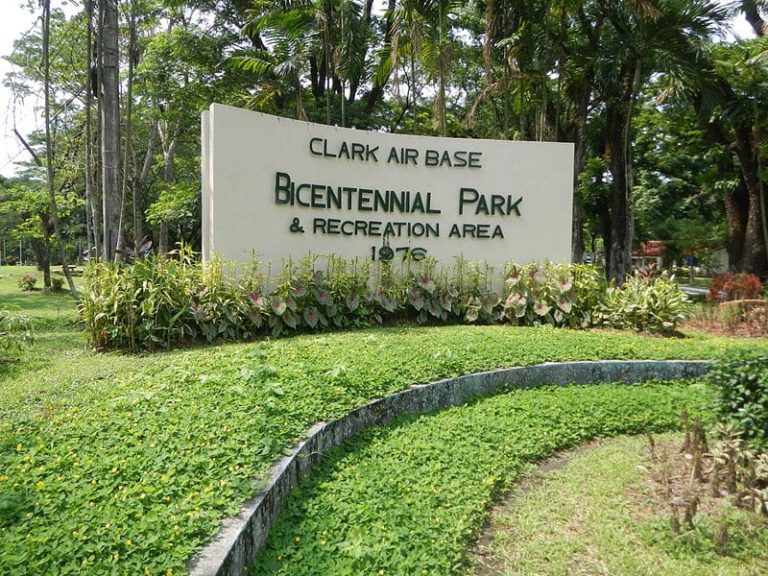
Bicentennial Park remains a favourite venue for celebrations, team building, corporate events, and family picnics/days out.
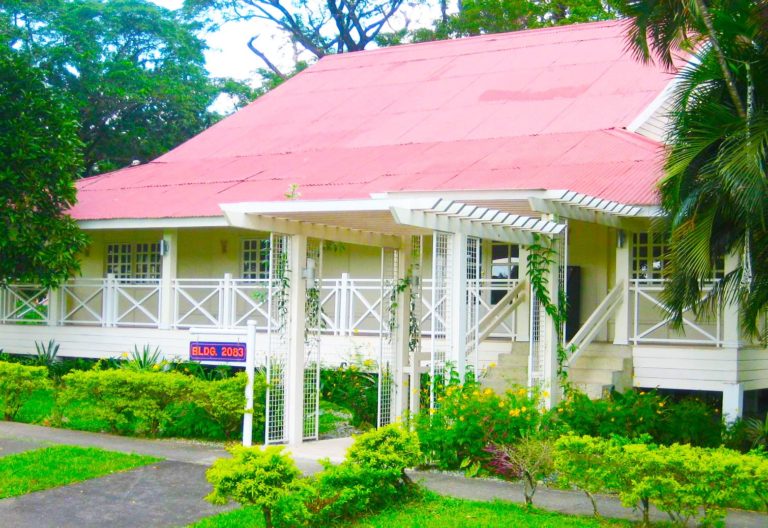
These large houses were built in 1903 - the year Fort Stotsenburg was officially declared a U.S. Military based by then U.S President Theodore Roosevelt.

International Travel Pass for SRRV holders. How to secure Travel Pass & Entry Exemption Document (EED). Philippine Retirement Authority.
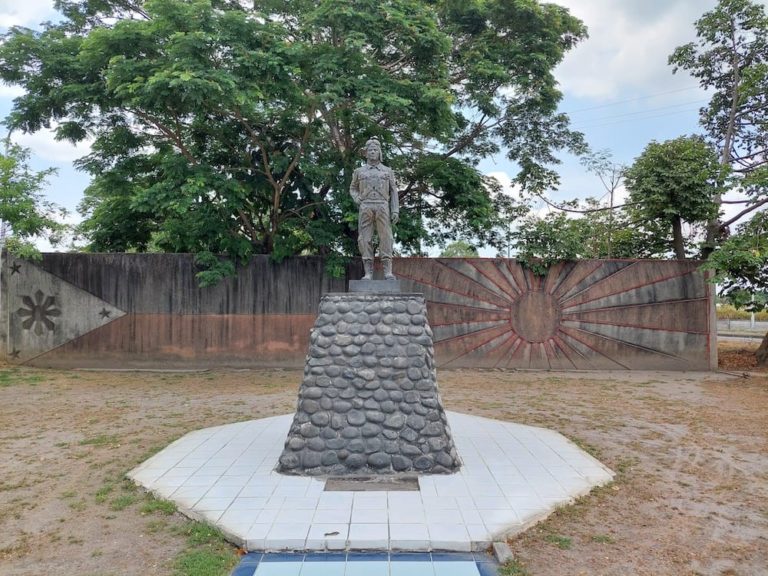
During World War II, the Japanese fought dirty with suicidal airplane pilots that would crash their Kamikaze planes into the ground at great speeds, killing those…